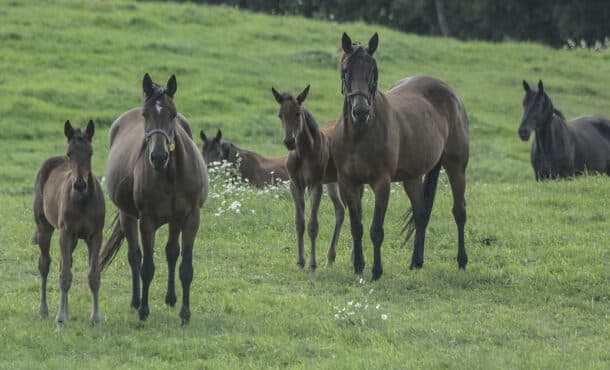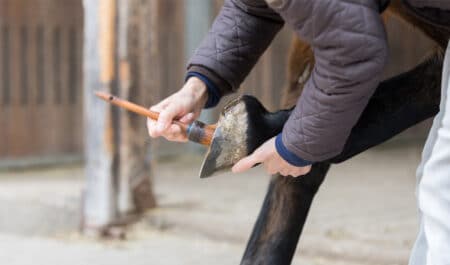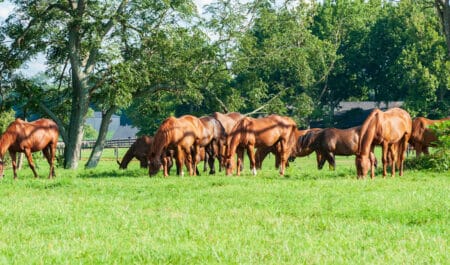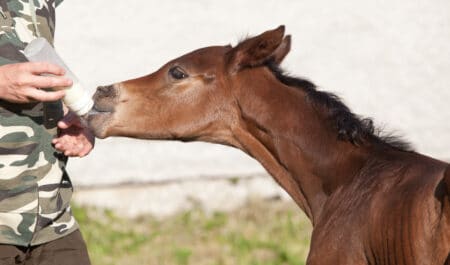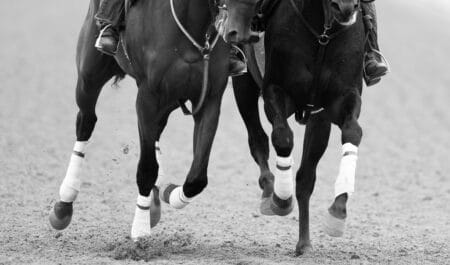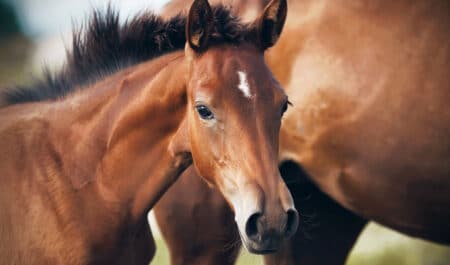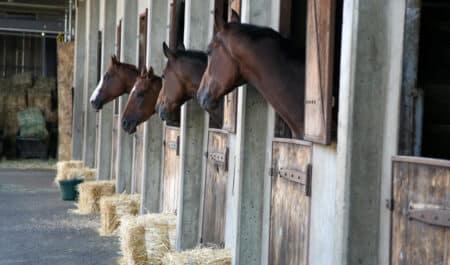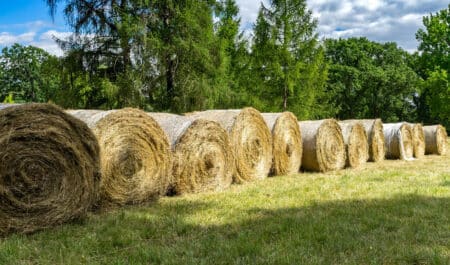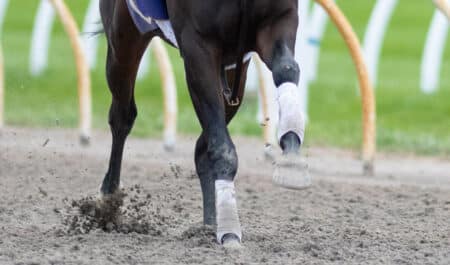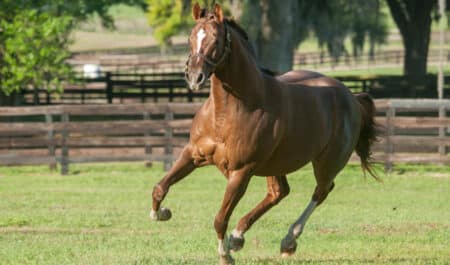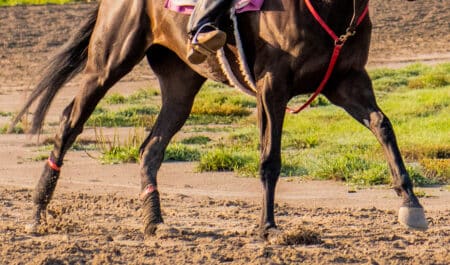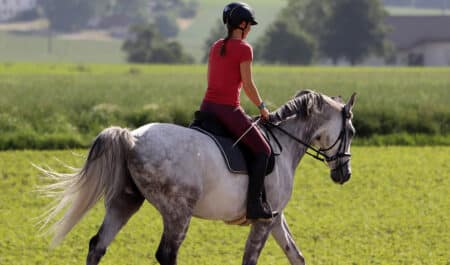The report, published in the January edition of Equine Disease Quarterly, looks at information gathered in North America and Europe.
This common bacterial or fungal infection that affects the frogs of the horse's feet can be treated, but prevention is key.
This highly-contagious infection affecting susceptible foals can be hard to control during an outbreak; researchers are developing new vaccines.
Equine Herpesvirus 1 does everything it can to circumvent and trick the immune response, making better vaccines difficult to produce.
Helping foals survive and thrive who have lost or been rejected by their dams, from birth to four months of age.
Some of the newer lameness detection systems and imaging tools provide early diagnosis, especially beneficial to horses that perform at speed.
A review by Brian D. Nielsen examines the role of nutrition and management in reducing skeletal injuries in equine athletes.
Young horses need highly-concentrated nutrients from high-quality hay and/or pasture, commercial feeds and ration balancers.
Gastric ulcers can be found in any horse but tend to occur most frequently in equine athletes involved in racing, endurance, and showing.
A study at WCVM could influence how breeders and veterinarians manage equine abortions, and warn the disease can be a threat to humans.
Eight types of botulinum neurotoxin exist and all horses are susceptible, from foals to adults, to this potentially fatal disease.
Researchers compared bone mineral density, bone volume and microdamage in horses who had suffered fatal fractures to a control group.
Some leading breeders detail their regimens for ensuring their stallions are healthy and ready for the rigours of the breeding season.
Bowed tendons and suspensory ligament issues are the most common injuries in the racing sectors ‒ but don't have to be career-ending.
Working with horses can provide us with numerous benefits to both our physical and mental health.
